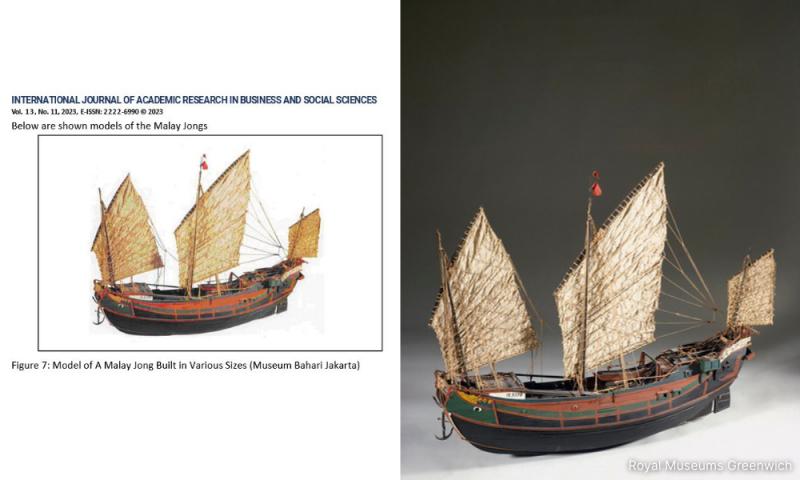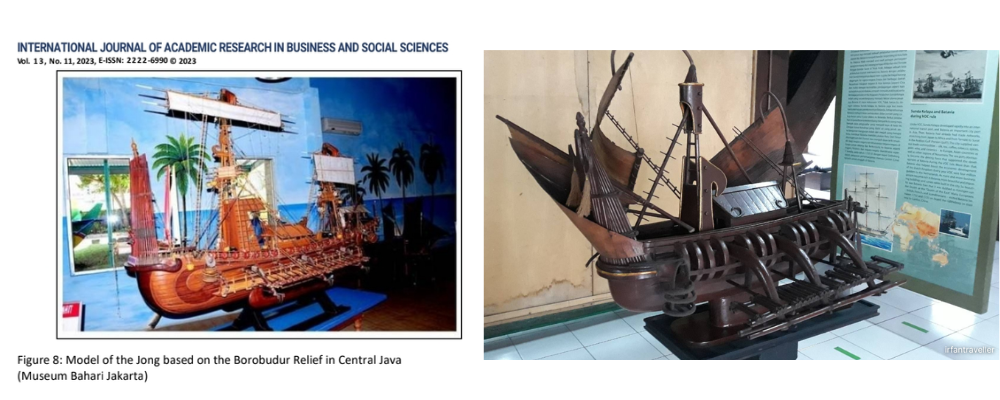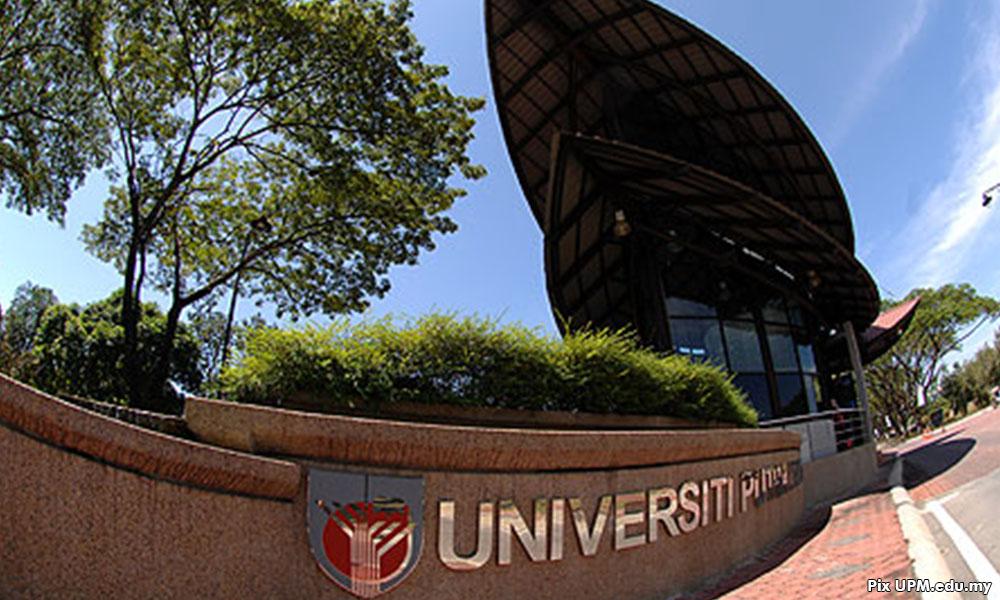
Jakarta museum says junk in UPM paper not from its collection
Museum Bahari in Jakarta said the model of a Malay junk, which Universiti Putra Malaysia (UPM) researchers said is displayed at its museum, is not part of its catalogue.
Instead, the museum told Malaysiakini the photograph included in the journal article by UPM researchers Rozita Che Rodi and Hashim Musa “more resembles a Chinese junk”.
The researchers also used another wrong photo to refer to a model of a Javanese jong built based on a relief from the Borobudur complex.
“The photograph on page 2317 (of the journal) is not part of Museum Bahari’s Javanese jong miniature model collection,” it said.
It also provided a photograph of the actual model of a Javanese jong, which was based on the Borobudur relief, displayed at the museum.
“We hope this information provides clarity for Malaysian researchers and journalists on the issues which relate to Museum Bahari,” it said in an email.

Photo of model misattributed in UPM paper (left), actual miniature model of Javanese jong at Museum Bahari (right)
The Museum Bahari holds a collection related to Indonesia’s maritime history and was founded in 1977.
The museum’s clarification comes as the Royal Greenwich Museum in London confirmed that the photograph used by the UPM researchers as an example of a Malay junk is in fact a photograph of a Chinese-made miniature of a junk from 1938, held in its collection.
The issue made headlines after French researcher Serge Jardin in a viral social media post pointed out the error in the UPM paper, as proof of poor standards in academia.
Rozita and Hashim have not responded to requests for comment while UPM has defended the paper, saying it has undergone peer reviews.
The International Journal of Academic Research in Business and Social Sciences, which published it, said it is investigating the matter.
‘Hybrid South China Sea junk’
While Museum Bahari uses the words jong and junk interchangeably, historians’ understanding of the origins of the English word “junk” has different conclusions.
The Museum Bahari holds a collection related to Indonesia’s maritime history and was founded in 1977.
The museum’s clarification comes as the Royal Greenwich Museum in London confirmed that the photograph used by the UPM researchers as an example of a Malay junk is in fact a photograph of a Chinese-made miniature of a junk from 1938, held in its collection.
The issue made headlines after French researcher Serge Jardin in a viral social media post pointed out the error in the UPM paper, as proof of poor standards in academia.
Rozita and Hashim have not responded to requests for comment while UPM has defended the paper, saying it has undergone peer reviews.
The International Journal of Academic Research in Business and Social Sciences, which published it, said it is investigating the matter.
‘Hybrid South China Sea junk’
While Museum Bahari uses the words jong and junk interchangeably, historians’ understanding of the origins of the English word “junk” has different conclusions.

Universiti Putra Malaysia
Some, like renowned scholar of Southeast Asian history Anthony Reid, said it comes from the old Javanese word “jong”, which means ship, while others say it is derived from the Chinese word “chuan” which means ship or boat.
However, Reid said Chinese records listed it as a Malay word, while the old Javanese word “jong” was found in an old Javanese inscription of the ninth century.
Portuguese records from the 1500s noted that Chinese vessels were made of softwood connected by nails while Javanese junks were made of teak wood, joined by dowels.
Reid said by the 16th century, the large cargo ships had various influences and can be referred to as a type of hybrid “South China Sea” junk, with ships showing “features predominantly Southeast Asian but with Chinese admixture”.
Wrecks of ancient vessels from the Malay world have only been found in fragments, like the 10th-century Intan wreck, which was excavated in 1997 in the Java Sea.
Most of the structure of the Intan wreck had disappeared but historians used fragments to estimate that the hull would have been 30m long and that the construction was different from Chinese or Arab vessels.
Thousands of artefacts of various materials found in the Intan wreck were traced to the Southeast Asia region, China and the Middle East.
Some, like renowned scholar of Southeast Asian history Anthony Reid, said it comes from the old Javanese word “jong”, which means ship, while others say it is derived from the Chinese word “chuan” which means ship or boat.
However, Reid said Chinese records listed it as a Malay word, while the old Javanese word “jong” was found in an old Javanese inscription of the ninth century.
Portuguese records from the 1500s noted that Chinese vessels were made of softwood connected by nails while Javanese junks were made of teak wood, joined by dowels.
Reid said by the 16th century, the large cargo ships had various influences and can be referred to as a type of hybrid “South China Sea” junk, with ships showing “features predominantly Southeast Asian but with Chinese admixture”.
Wrecks of ancient vessels from the Malay world have only been found in fragments, like the 10th-century Intan wreck, which was excavated in 1997 in the Java Sea.
Most of the structure of the Intan wreck had disappeared but historians used fragments to estimate that the hull would have been 30m long and that the construction was different from Chinese or Arab vessels.
Thousands of artefacts of various materials found in the Intan wreck were traced to the Southeast Asia region, China and the Middle East.
The "Research paper" has been steadily exposed as a piece of lazy fraud.
ReplyDelete